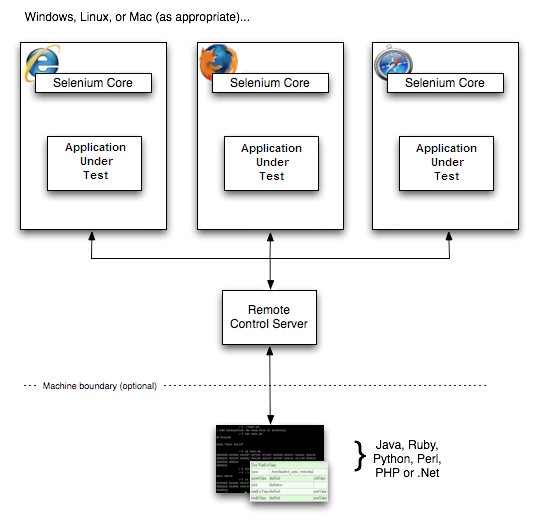New cloud provider
We have been listening to all your nice feedbacks this last year and decided it was time to implement a new cloud provider in our platform. That's why we are excited to announce that OctoPerf now supports Digital Ocean.
Cloud is not AWS only
Running large tests from AWS is quite easy and their platform is very powerful but:
- Testing an application hosted in AWS from AWS machines is not entirely realistic because of dedicated connections between datacenters,
- The AWS regions are nice but don't give a complete worldwide coverage,
- Even AWS can be overloaded at certain peak periods.
In these cases, it is important to be able to run load from an external location so that the tests remain realistic.



